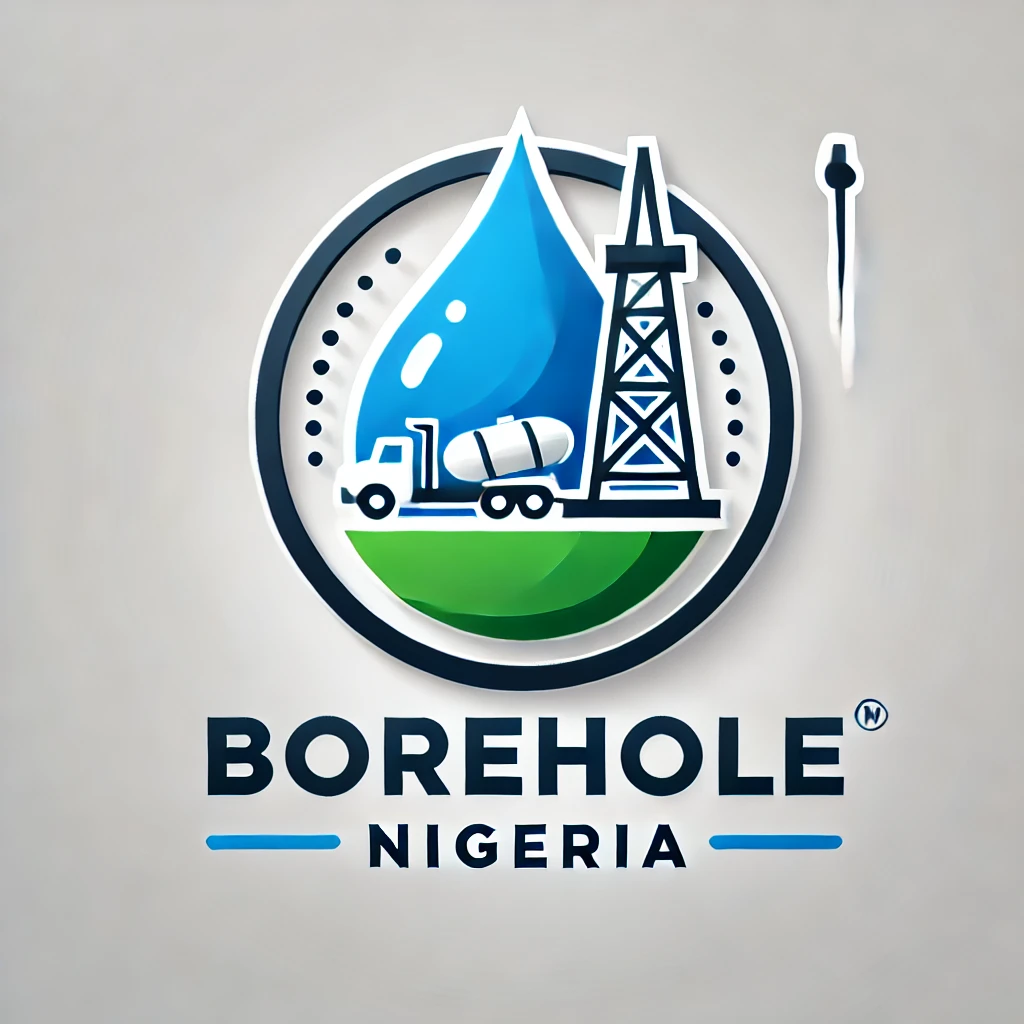Hawaii’s lush landscapes and stunning views come with a unique set of challenges, especially when it comes to water supply. If you’re considering drilling a water well in Hawaii—whether on the Big Island, Maui, Oahu, or Kauai—you’re likely curious about the cost and logistics. The cost of drilling a well in Hawaii can vary widely due to the state’s diverse geology, stringent regulations, and remote locations. Let’s dive deep into what you need to know to get a well drilled in Hawaii.
Key Cost Factors for Drilling a Well in Hawaii
Drilling a well in Hawaii involves various factors that influence the overall cost. Here’s a breakdown of the main elements that will determine your expenses:
1. Depth of the Well
The depth of the well is the most significant cost factor. In Hawaii, well depths can range from 100 feet to over 1,000 feet, depending on the aquifer and location. Drilling costs generally range from $50 to $100 per foot, which is higher than many other states due to the unique geological conditions.
- Shallow Wells (100 – 300 feet): $5,000 – $30,000
- Moderate Wells (300 – 600 feet): $15,000 – $60,000
- Deep Wells (600 – 1,000+ feet): $30,000 – $100,000+
2. Geological Conditions
Hawaii’s volcanic origins mean that the geology can be quite challenging for well drilling. The presence of lava rock, basalt, and other hard rock formations can significantly increase drilling costs due to the need for specialized equipment and longer drilling times.
- Soft Soils: More common near coastal areas; drilling costs are on the lower end.
- Lava Rock and Hard Basalt: Common on the Big Island and parts of Maui, significantly increasing costs.
3. Well Diameter
Most residential wells in Hawaii have a diameter of 6 inches, but larger diameters (e.g., 8 inches or more) may be needed for agricultural or multi-household use. A larger diameter increases the cost due to more materials and labor, typically adding 20-40% to the overall cost.
4. Permitting and Environmental Compliance
Drilling a well in Hawaii requires several permits and environmental assessments, depending on the location. You will need a well construction permit from the Hawaii Department of Land and Natural Resources (DLNR), which can range from $500 to $2,000. Additionally, if the well is near a shoreline or in a conservation area, you may need to undergo an environmental impact assessment, which could add another $1,000 to $5,000 to the total cost.
5. Pump Installation and Casing
After drilling, installing a pump and lining the well with casing to prevent contamination are necessary. Pump installation typically ranges from $3,000 to $7,000, while casing costs around $30 to $60 per foot, depending on the depth and type of casing material (e.g., PVC, steel).
6. Water Quality Testing and Filtration Systems
Water quality in Hawaii can vary greatly depending on the location, with some areas having high mineral content or volcanic contaminants like sulfur or arsenic. Water testing costs between $300 and $800. If filtration systems are required, expect to pay another $2,000 to $7,000.
7. Grouting, Sealing, and Other Costs
Grouting and sealing the well are crucial to prevent contamination from surface water and to protect the aquifer. This process can add another $1,500 to $5,000 to the total cost, depending on the depth and regulatory requirements.
8. Location and Accessibility
Remote locations, like those on the Big Island or certain parts of Maui, can lead to higher costs due to transportation and logistical challenges. Transporting equipment and materials to remote or rugged areas can add $1,000 to $10,000.
| Cost Factor | Price Range |
|---|---|
| Drilling per Foot | $50 – $100 |
| Permitting | $500 – $2,000 |
| Environmental Compliance | $1,000 – $5,000 |
| Pump Installation | $3,000 – $7,000 |
| Well Casing (per Foot) | $30 – $60 |
| Water Quality Testing | $300 – $800 |
| Grouting and Sealing | $1,500 – $5,000 |
| Water Filtration System (Optional) | $2,000 – $7,000 |
Tips to Manage Costs When Drilling in Hawaii
- Obtain Multiple Quotes: Always get at least three estimates from experienced local well drilling contractors. Make sure they understand Hawaii’s unique geology and are licensed by the DLNR.
- Choose Your Location Wisely: Consult with a hydrogeologist or local expert to find the optimal well location on your property to minimize depth and avoid lava rock formations.
- Consider Alternative Water Sources: If the well costs are prohibitively high, look into alternatives like rainwater catchment systems, which are popular in many parts of Hawaii.
Avoiding Pitfalls When Drilling a Well in Hawaii
- Understand Local Water Rights and Regulations: Hawaii’s water rights are governed by the State Water Code, and water is considered a public trust resource. Make sure you are fully compliant with state regulations and have all necessary permits.
- Prepare for Geological Surprises: The volcanic rock can be unpredictable, making it crucial to work with an experienced drilling contractor who knows the local conditions well.
- Account for Potential Environmental Restrictions: Hawaii is known for its strict environmental regulations. Be prepared for potential delays and additional costs associated with environmental assessments, especially near protected areas.
Conclusion
The cost of drilling a well in Hawaii typically ranges from $15,000 to over $100,000, depending on depth, geology, location, and additional requirements like permitting and environmental compliance. While the costs may seem daunting, having a reliable, independent water source is crucial for many properties in Hawaii, especially in rural or remote areas. With careful planning, a solid understanding of local regulations, and choosing the right contractor, you can manage these costs effectively and secure a sustainable water supply for your property.
